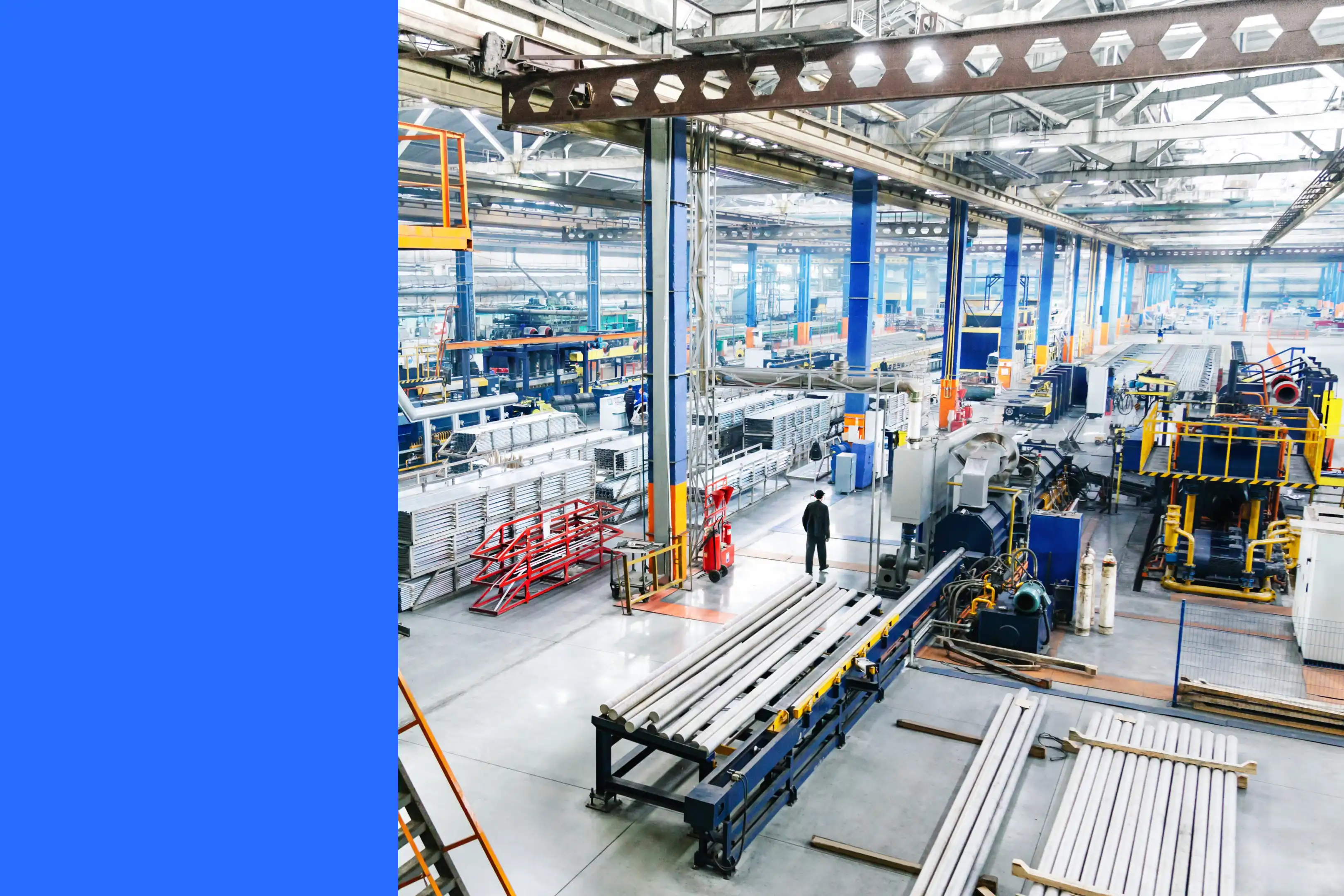
In this post, we want to introduce another critical concept in lean operations: Push and Pull. What are they exactly? In general terms, Push vs. Pull strategies refer to how you manage your production and inventory.
In implementing a lean maintenance strategy, you’re bound to come across various concepts and ideas. From Lean Six Sigma to Kata to Lead Time and Takt Time, you’re constantly learning and adjusting on the go. All of these ideas are useful, but it’s less about choosing one over the other than figuring out how to make them work.
Pull vs. Push Strategies
Running a Pull system means requesting products or services as needed. Pull is based on customer demand. Then, you get what you need to fulfill customer orders.
Whether you choose Pull vs. Push, your approach depends on quick production to meet customer demand.
Pull systems place limits on work-in-progress (WIP) inventory. This system aims for the just-in-time manufacturing approach that Toyota popularized with its Toyota Production System.
Another useful concept is Kanban. A Kanban is a system where production is regulated through cues or signs. A good example is a two-bin system. Two bins filled with products are kept at a point of sale. When one bin is empty, it’s sent back to inventory or the production shop floor, triggering a new batch.
On the other hand, a Push strategy tries to match production to predicted demand. Instead of waiting for customers to place orders, a team fabricates products beforehand based on potential customer demand. Where the Pull system aims for a just-in-time approach, the Push system aims for a just-in-case concept. This means having goods on hand in case they are needed. The company tries forecasting demand based on the Material Requirements Planning (MRP) approach.
The goal is to have the new products on hand to meet customer demand as it comes, not the other way around. The goods are then sent to distributors or retailers, who market the products to customers.

Push vs. Pull Marketing
Push vs. Pull marketing strategies vary in their approach to getting customers to buy the product.
Pull marketing strategies focus more on inbound marketing to raise brand awareness with a target audience to get customers to buy the product. For example, Pull marketing uses search engine optimization (SEO) to “Pull” new customers to your product or brand, directing them to your webpage or social media.
A Push marketing campaign might be a combination of marketing techniques, such as direct marketing that draws potential customers and then “Pushes” content to them.
Push marketing focuses on immediate or short-term sales, while Pull marketing is more likely to create long-term brand loyalty.
Running a Lean System
You’ve probably figured by now that a Pull system is a better strategy if you’re aiming for lean operations.
But it isn’t always so easy to choose between Push vs. Pull You’ll likely have to consider market forces, supply chain issues, and the nature of your product. For example, some industries cannot function without large inventories.
That said, there’s never one approach to problem-solving for businesses. Instead, you can always look at the best of each system and combine them to fit your unique needs.
With a Pull-Push strategy, manufacturers produce goods based on forecasted demand but then use customer orders to determine when to start further production.

How a Pull System Benefits Maintenance Operations
Increases Efficiency
Running an efficient Pull system means you’re using your assets only as needed. So instead of a regular schedule that may shorten the lifespan of your assets, you’re only using equipment as needed.
The downside is you may not benefit from economies of scale from increased production. You want to extract maximum value from assets. Your assets will likely last longer and experience less downtime. Less time spent fixing breakdowns means your team is free to focus on the actual work of production.
Improves Your Bottom Line
Using assets only when needed helps reduce wasted resources. From electrical power to raw materials to workforce, you will be conserving your resources by aiming for just-in-time production. In addition, the lack of extensive inventory beforehand means you need to spend less on storage.
Creates Demand for Your Product
In addition to cost savings, manufacturing only when needed means you’re sure that demand exists for your product. A Pull system also means you will get paid for the work that’s been done. This strategy also reduces the likelihood of manufacturing products that languish in inventory and never get into customers’ hands.

Use MaintainX to Run a Pull System
Transitioning to a lean system may seem daunting. With so many different lean strategies, knowing how and when to organize them can present a challenge.
What’s important is knowing what works for you and your company. A well-designed CMMS can help facilitate your manufacturing strategy in many ways. MaintainX, for example, helps you organize and streamline your operations. Access to real-time work order updates and KPI data helps you know what’s working. The best part is anyone with a smartphone can get the app and get started.






